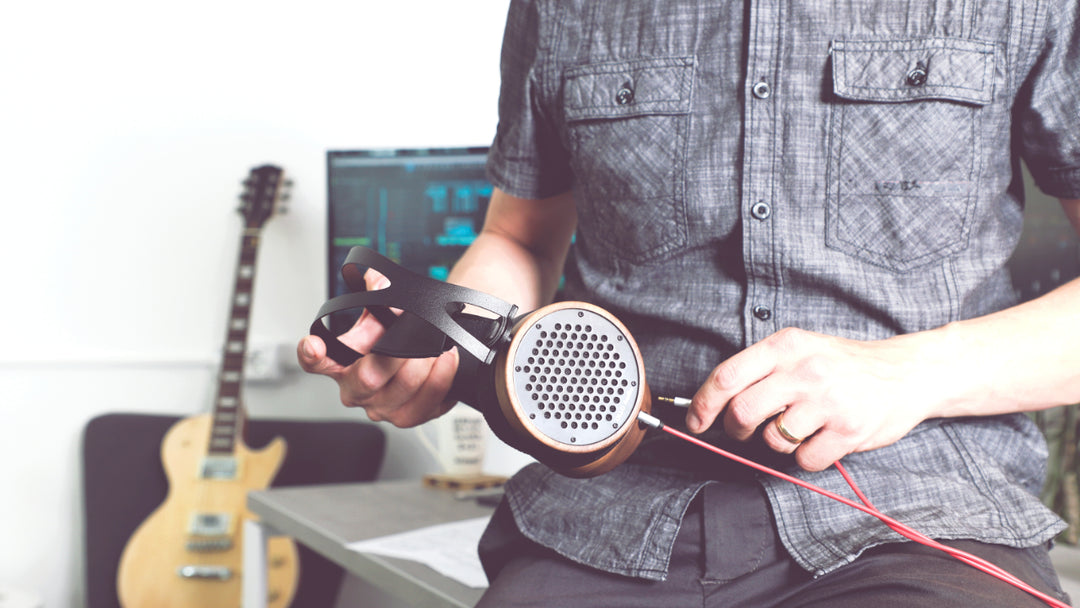A SIMPLE WAY OF MIXING ON HEADPHONES


Author: Rafael Pirela S
Headphones are unquestionably essential in this modern era of music creation. The work desk moves between the studio and untreated rooms, with artists collaborations available anywhere. Properly selected headphones allow consistent production and mixing workflow regardless of location or environment.
I have experimented with a long list of different headphones in the past years and finally; I feel that I've found a mixture of headphones that let me create “my sound”. The combination consists of three very different headphones used consciously to check different parts of my work. For speaker monitors, I’m working with a pair of Yamaha NS10 in the studio and a pair of Genelec 8020 in my travel system.

Rafael Pirela's traveling setup
My main headphones at this moment are the Ollo S4R closed-back headphones. These are unbeatable for checking overall levels, frequency balance, and to fine-tune the mid-range. To set and check for level balance I tend to listen quietly and be aware that I can listen to the main elements of my mix, those could be the vocals, kick, snare and the leading harmonic instrument.
"Headphones are unquestionably essential in this modern era of music creation. The work desk moves between the studio and untreated rooms, with artists collaborations available anywhere."
Another practical application where I use S4R is when looking for unwanted frequencies or resonances on individual tracks. With an equalizer usually a Pro Tools EQ7 I boost one band all the way up with a very narrow Q and then sweep around to identify the unwanted frequency that I want to subtract.

Identifying unwanted frequencies by boosting a single band with a narrow Q, sweeping the whole EQ spectrum
I tend to first remove what I don’t like and then boost the frequencies the track needs to seat in the mix. Applying this technique on headphones is very useful when working in untreated or poorly treated spaces because the audio won’t resonate with the room modes that could trick the ears. Due to its acoustic isolation, I like to use headphones when I’m cleaning track noises like distortion, clicks, and pops. The S4R has a noticeably flat frequency response and the physical fit are well balanced that does not cause ear fatigue with long hours of intensive listening.

Subtracting unwanted frequencies
I add the Focal Spirit Professional as second pair reference to check the high-end and a pair of consumer “white” EarPods to check the low-end, level balance and to hear how the track will sound to most listeners. Switching between those three different headphones helps me keep in perspective due to each one represents my mix in a different way and definitely I check on my speakers unless I can’t.
"Applying this technique on headphones is very useful when working in untreated or poorly treated spaces because the audio won’t resonate with the room modes that could trick the ears."
The more time I spend working on headphones the more I know how to make it sound good, the better my mixes translate to monitors and other systems; but in the end what really matters is to work in a system that inspires you, where you can be creative and lead you to good decisions.
In conclusion, mixing on headphones is not for everyone but in my opinion, headphones represent nowadays the target format of music reproduction making them as important as a good pair of studio monitors. Whether using headphones or monitor systems, always have reference mixes to compare with, reference your mix in various playback systems and most important take ear brakes.
Rafael Pirela S




